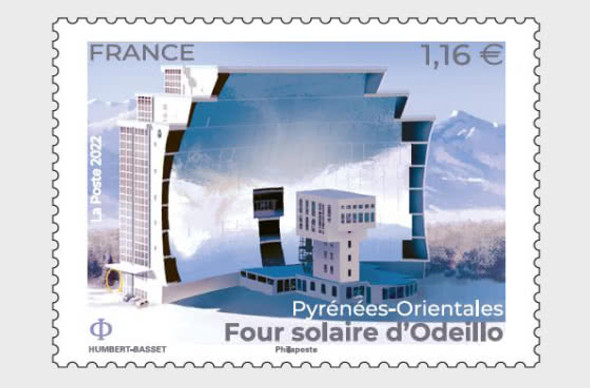Description
"HENRI ROUART (1833-1912)
“I have only ever had objects of passion”
Born in Paris on October 2, 1833, art lover, avant-garde industrialist, allied painter of the Impressionists, mayor, everything seemed to succeed for the tireless Henri Rouart. Fellow student of Edgar Degas at Lycée Louis-le-Grand, he draws. Integrating the Ecole Polytechnique, he continues his artistic practice which will occupy a major place during his life. In 1855, the engineer from l'X embraced a military career but quickly resigned and joined Kaulek and Mignon, manufacturers of iron mechanisms. Three years later, we find him partner of Mignon et Rouart, then boss of … Rouart frères et Cie. The success is dazzling.
An excellent manager and wise business leader, he places the principle of the research laboratory at the heart of industrial activity. Creating state-of-the-art factories in Montluçon, which had only recently been served by rail, he became independent as regards the necessary iron tubes (until then imported from England). Awards at world fairs punctuate successes in manufacturing, from refrigeration to pneumatic messaging. Only duly tested products are marketed and the establishments thus acquire a reputation for unparalleled reliability.
Around the age of fifty, the artist supplants the entrepreneur. A modern man, he is part of impressionist research while standing out from it. His incessant travel allowed him to work daily on the grounds. A man of substance, he prefers the structuring capacities of a luminous contrast to the dazzle of the perceptual extreme. Going to the end of his passion for nature and, contrary to the habits of his comrades, he picks up his easel in the middle of the mountains. Degas is flabbergasted. Discreetly, the painter Rouart accomplishes a Work. His heirs will unveil it through a first retrospective, in 1912, at Durand-Ruel, a center of Impressionism.
This portrait marks the beginning of a lifelong friendship, sealed in 1870, during the Defense of Paris. The reference to the profile of the Italian Renaissance, that of the dignified, powerful man, often a patron, evokes the intimacy of a tribute, and the sketched bowler hat, the recent return to active civilian life. Henri and Edgar share nothing in character and everything in art. Avid collectors, they support and advise each other tirelessly. Rouart's sharp eye allows him to bring together an exceptional ensemble (from Greco to Gauguin). Open collection, against speculative, of which he delivers the secret and the genius, a single criterion: to buy only what he likes."






